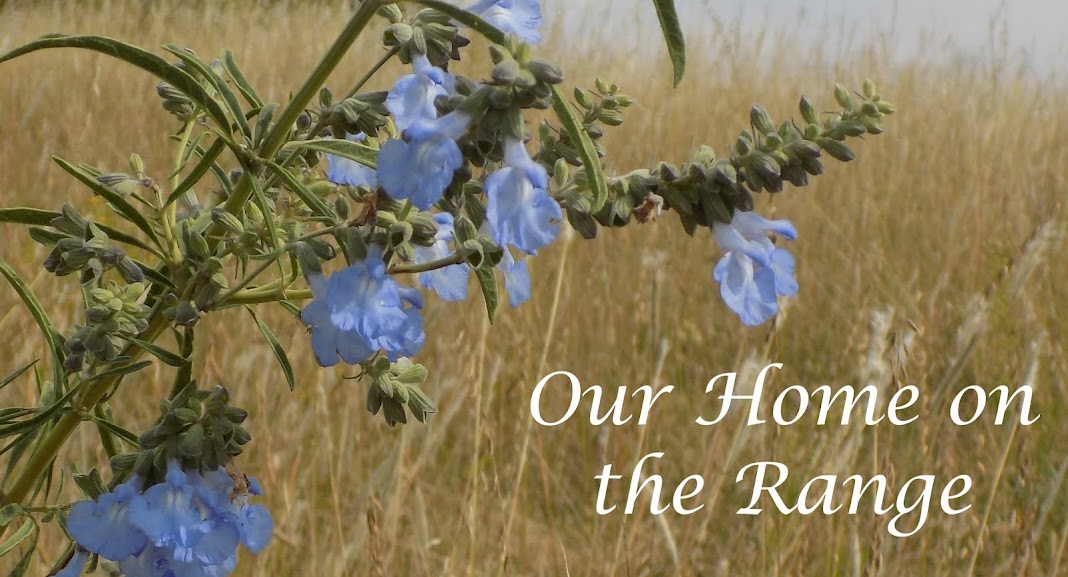by George Weigel, with Carrie Gress and Stephen Weigel
George Weigel is well-known for his substantial biography of John Paul II, Witness to Hope, which I have not read. Many years ago, I read his Letters to a Young Catholic. I liked that book so much, Kansas Dad and I gave it to adults who entered the church many years in a row.
This book, City of Saints, is not a critical or complete biography of Pope St. John Paul II. Instead, it traces the geography of John Paul II's life from his boyhood home, through seminary, priesthood, bishop, cardinal, and pope (while traveling in Poland), considering his life and experiences in each place as well as the historical significance to the people of Poland.
Each chapter, covering a geographic area related to St. John Paul II's life (in chronological order), discusses his life and spiritual growth during the specific time followed by a more traditional travel description of the history and the art of the area by Carrie Gress.
Weigel incorporates much of the Catholic faith into each chapter, discussing vocation, contemplation, and courage as they most applied in St. John Paul II's lifetime. Exploring Krakow during World War II, when St. John Paul II entered the clandestine seminary, Weigel explores the meaning of vocation.
Vocation is not so much a matter of choosing as a matter of being chosen, of being called, and that can apply to an extraordinarily wide variety of options. The Catholic Church believes that God in his providence has something unique in mind for every human being, because every man and woman is a unique spark struck from the fiery Godhead of Father, Son, and Holy Spirit.Weigel links St. John Paul II's experience with manual labor to his understanding of work and its place.
And because our work is a participation in God's "work," human work is capable of amplifying the dignity of the human person. To work, John Paul II taught in Laborem Exercens, is not just to make more. To work, and to understand one's work as a privileged participation in the divine creativity, is to be more: to be more fully the image of God that is our deepest and truest identity.Some of the sites and features described may not be included in a more traditional travel book on Poland or Krakow.
To the right of the sanctuary, however, is an important feature of the Mariacki that the casual visitor may inadvertently miss, but which the pilgrim will not: the confessional in which Father Karol Wojtyla sat daily, from 1951 until 1958, reconciling men and women to God and offering them courage to continue on the journey of a Christian life.The book includes many black and white photographs within the text as well as four double-sieded pages of color photographs. My favorite is a photograph of the window of the room in which Sister Maria Faustina Kowalska died; the window is open above a box of blooms, as if she's still there, inviting us to accept God's mercy.
I thoroughly enjoyed this glimpse into the life and history of Poland, Krakow, and Pope St. John Paul II.
I received this book for free from Blogging for Books for this review. The opinions above are my own. The links in this post are not affiliate links.

